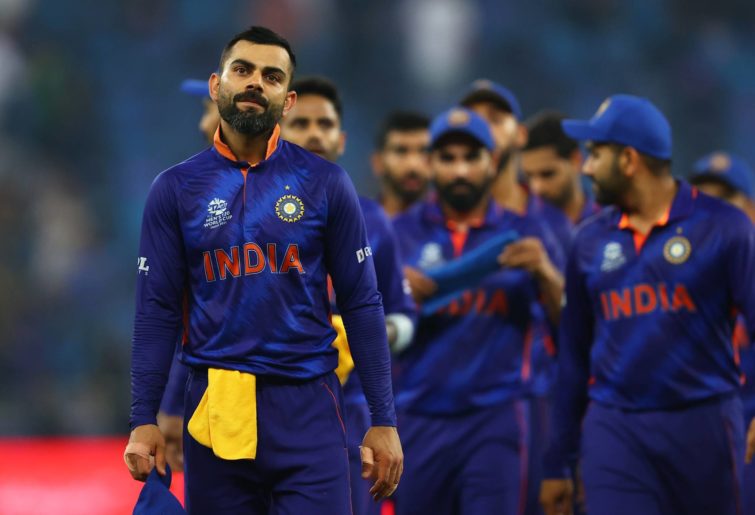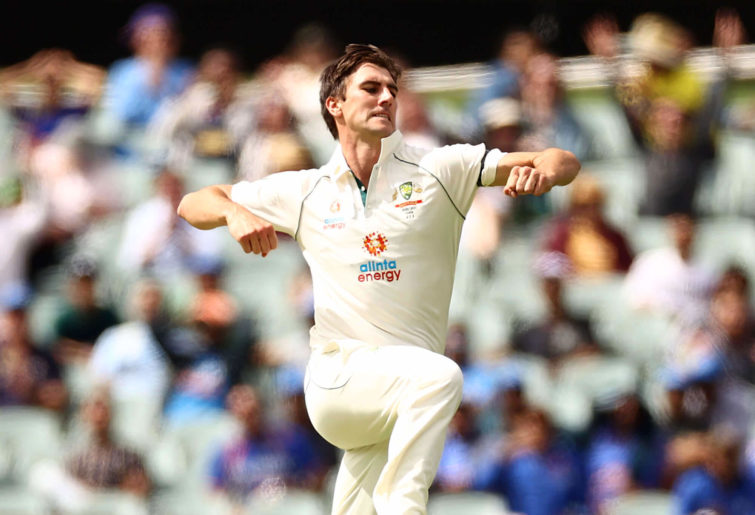This article tries to size up cricket and baseball in terms of their revenues, salaries, spectators and viewing numbers.
I will leave to explore in a final piece how tradition itself is a selling point, especially in baseball, and how the two sports have changed with the times.
Links to earlier articles in the series can be found in the previous one here.
There’s a helluva lot of money in baseball
US Major League Baseball is the world’s second richest sports league in terms of revenue, after the NFL gridiron competition. It earned $US 10.7 billion in 2019. The New York Yankees ranked second on Forbes’ list of most valuable global sports franchises, worth $5.25 billion in value (similar in value to the entire IPL) behind only the Dallas Cowboys of the NFL ($5.5 billion).
However, only one other MLB team ranked in the top 20 on Forbes’ list – the Los Angeles Dodgers at 16th. All the top 50 places are taken by US gridiron, basketball and baseball franchises and European football clubs.
The Indian Premier League ranks about 12th in revenues among global sports leagues, earning $US 980 million in 2019. Adding the BCCI’s revenue outside its payments from IPL – just $190 million – gives a total of $1.17 billion for Indian cricket – just 11 per cent of MLB. Cricket Australia’s revenue was around one third of India’s in 2018/19 – $US 360 million – or a tad over three per cent of MLB’s earnings.
Pay packets
Around 160 MLB players earn salaries of $US 10 million or more. Some 250 are on salaries over $4 million – about the same as the biggest contract in the IPL, for Virat Kohli. Kohli, however, earns a lot more in endorsements than any MLB player, possibly as high as $25 million annually, on top of his BCCI central contract of $US 1 million.

(Photo by Michael Steele-ICC/ICC via Getty Images)
Steve Smith’s salaries with Australia and the Delhi Capitals probably won’t top $US 2 million this year – less than the contracts of 400 MLB players (not far short of the full complement of MLB players on the park on any one day).
Mike Trout, baseball’s highest paid player, signed a 12-year, $US 426 million deal with the Los Angeles Angels in 2019, with a guaranteed average annual salary of $35 million. The best (and only) Australian player in MLB, pitcher Liam Hendricks of the Chicago White Sox, will make $US 18 million annually over the next three years, i.e. three to six times Kohli’s and Smith’s salaries.
Bums on seats
The main reason the MLB, along with Japan’s Nippon Professional Baseball, earns so much is the sheer number of games played. Each MLB club plays 162 games over a six-month regular season, plus up to 20 extra playoff games if they make the World Series.
That means a maximum of 2477 total games (880 in the NPB), compared to 60 in an IPL season. The busiest cricketers like Virat Kohli average around 80 days’ cricket of all forms annually, half the total days of frontline MLB batters.
As a result, well over twice as many fans attend MLB baseball games in a season as any other sports league in the world – 68.5 million in 2019, an average of 28,000 per game. In fact, Japan’s NPB was in clear second place on 25 million, averaging about 30,000 per game, well ahead of US gridiron, basketball and ice hockey and English Premier League football.
Pulling together official stats and estimates, the total attendance at all international and provincial level cricket (first class, 50-over and T20) in all nine major cricket playing countries is no more than 15 million across nearly 2400 matches (and this estimate could be generous).
IPL attendance peaked at 2.1 million in 2016, averaging 35,000 per game, which fell to 28,000 in 2019, due partly to extreme heat, similar to the MLB average per game (but over 40 times fewer games).

(Photo by Rod Mar/MLB Photos via Getty Images)
Japan’s NPB saw revenue $1.2 billion in 2019, ahead of the IPL and BCCI combined and more than our AFL, for example.
Attendance in Korean baseball also outstrips the AFL, and attracts more than double the annual crowds (if not attendance per game) of NRL rugby league and English and French rugby union.
Further underlining baseball’s popularity is US minor league baseball, comprising 120 teams in the US and Canada, which draws about 40 million fans through the turnstiles – i.e. over 4000 (usually ticketed) spectators per game, to the equivalent of state second XI and first-grade cricket.
The US also has a huge college baseball system – nearly 1000 university teams, organised in three divisions, many well-funded and professionally organised. The best attended college, Louisiana State University, averaged more than 10,000 spectators per game.
The total annual attendance for all college baseball approaches my 15 million estimate for all top cricket in the top nine cricket nations. This gives an annual aggregate attendance around 125 million for US major and minor league and college baseball.
Eyeballs on sets
The big money in sport comes from TV rights deals and advertising rather than people through turnstiles – although ticket sales still form nearly one third of MLB’s revenue, with seats costing around $80 Australian on average, a lot when multiplied by 68 million spectators.
Worldwide TV rights to the IPL were sold for $US 2.55 billion for five years in 2017 and they reportedly hope to get $US 5 billion for the next five-year cycle starting in 2023. The Fox/Seven 2018 deal with Cricket Australia for all forms of cricket in Australia is worth $US 900 million over six years.

(Photo by Ryan Pierse/Getty Images)
Current TV deals with Fox, ESPN and local stations will earn MLB about $US 3 billion annually or $15 billion over the next five years.
Reliable figures on TV viewership are hard to find, but it seems that total US viewership for a full MLB season is around 1.5 billion, with World Series games averaging around 15 million in recent years (well down from a peak of 44 million in 1978).
Cricket audiences are potentially a lot bigger, thanks to the sub-continent. The ICC claimed that the 2019 men’s World Cup reached a “global cumulative average audience” of 1.6 billion viewers around the world, and a “706 million unique audience”, up 20-30 per cent on 2015.
The most watched game was India versus Pakistan with some 323 unique viewers tuning into TV or digital coverage. Peak viewing in the UK was eight million in the super overs in the World Cup final.
The IPL reached a record 405 million unique viewers in India in 2020, nearly half the total TV universe of 836 million viewers. For perspective, Roy Morgan Research reported in 2019 that 7.2 million Australians watched some form of cricket.
Final thoughts
While US (and Japanese) baseball’s revenues and match attendances currently dwarf those of cricket, cricket definitely has the advantage when it comes to global TV and online viewing.
The advantage in viewers represents a lot of upside growth for cricket, as living standards and the purchasing power of viewers continue to rise in India and South Asia, along with player numbers and success on the field.
While revenues are at an all-time high, MLB is experiencing some anxiety and self-doubt over declining attendances and viewership, fewer little league players and ageing TV audiences (now 57 compared to 45 in 1995).
While cricket has adapted to economic pressures in recent decades with innovations, gimmicks and faster paced forms of the game, baseball has remained fairly conservative in form. And it has also paradoxically become slower paced, despite – or in fact partly because of – a greater accent on power in batting and pitching. This is dictated by success on the field rather than trying to attract more spectators.
I will explore these changes in relation to the role of tradition in the two sports next time. By then time we will know the result of this year’s World Series, currently under way between the Houston Astros and the Atlanta Braves (tied at 1-1 at time of writing). I can’t get too excited about who wins, given both teams are from the old southern Confederate states, but I predict that Houston will prevail.
The Astros are in fact a good example of the international flavour of today’s MLB, with lots of Hispanic and Caribbean players and only a handful of southern good old boys. Fully 13 of their roster of 26 players come from the Dominican Republic, Cuba, Venezuela, Puerto Rico and Mexico.
































































































